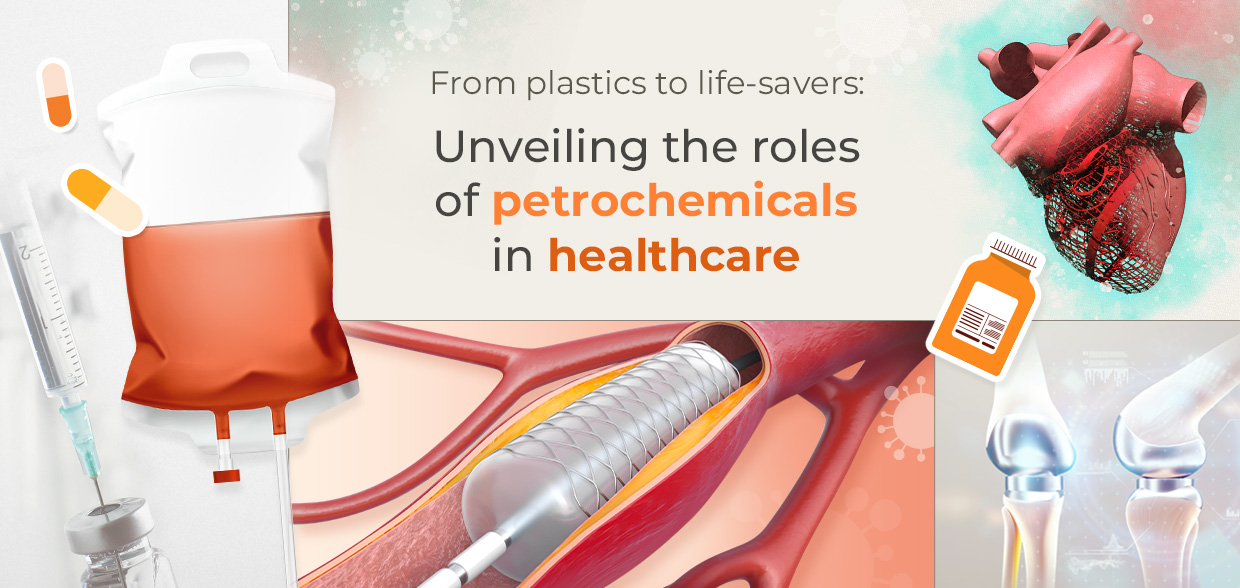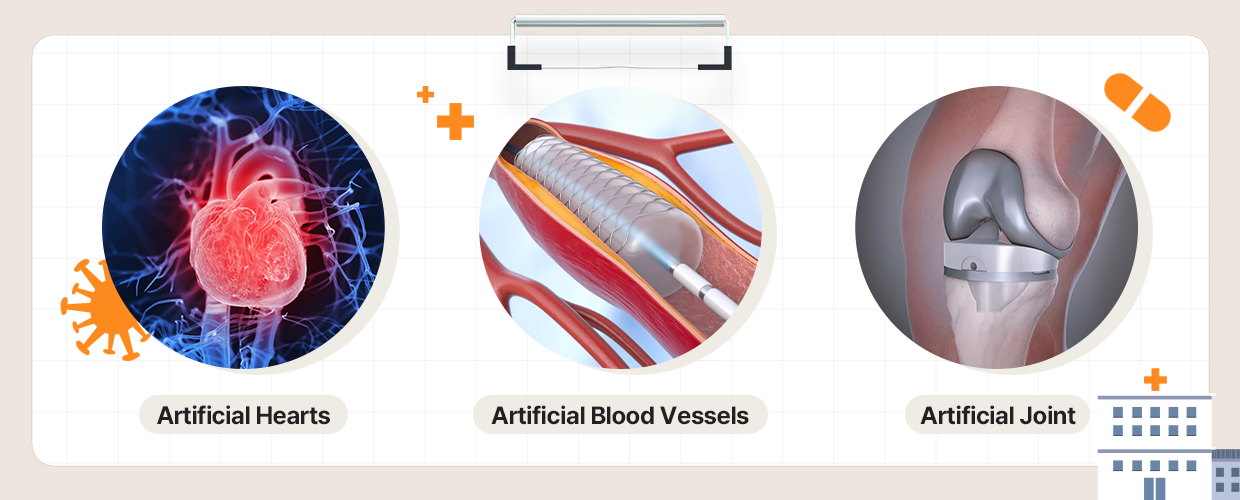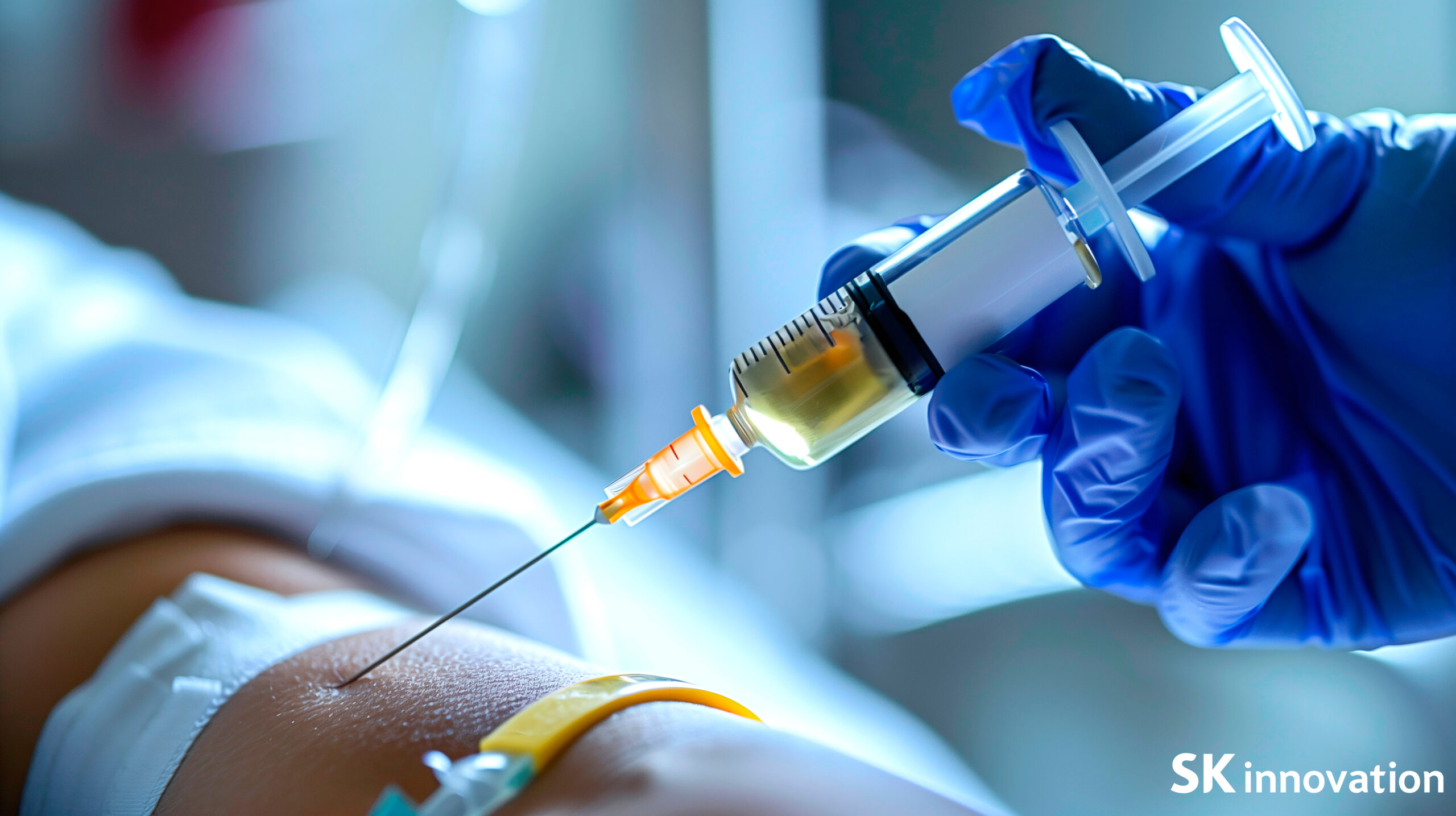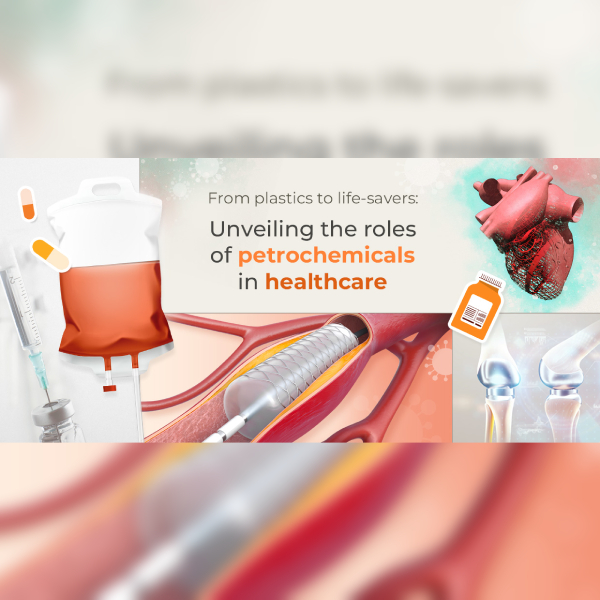 Trends & Reports
Trends & Reports
The World Health Organization (WHO) typically announces twice a year the influenza viruses expected to be prevalent for that year. For the Southern Hemisphere, these recommendations are usually released around September or October, just before winter sets in, and guide the production of flu vaccines. While there are various methods to receive a vaccine, the most common image that often comes to mind is getting a shot with a syringe. But beyond syringes, if we take a closer look at the medical devices that safeguard our health daily, we find that petrochemical products play a crucial behind-the-scenes role. Let’s explore their significant contributions and hidden roles in the medical field.
| Essential requirements for medical-grade plastics
From syringes and medical gloves to various tubes, blood and drug pouches, and masks, a wide range of plastic products are indispensable in hospitals. However, for plastics to be utilized in medical equipment and products, they must meet stringent international regulatory and quality standards such as those set by the U.S. Food and Drug Administration (FDA), the European CЄ (Conformité Européene), and ISO 13485*.
*ISO 13485: an international standard for quality management systems specific to medical devices, published by the International Organization for Standardization (ISO)
Here are some of the key requirements for medical-grade plastics:
First and foremost, biocompatibility is essential. The plastic must not cause immune reactions, allergies, or inflammation when inserted into or in contact with the human body.
Second, it must possess durability, withstanding sterilization processes involving radiation, heat, and chemicals without deforming or sustaining damaged during use.
Third, chemical stability is another crucial factor, as the plastic must maintain its properties even when exposed to various drugs and disinfectants commonly used in hospitals.
Additionally, transparency is required for items like syringes and IV bags, allowing medical professionals to visually monitor the flow of drugs or blood.
Beyond these, the plastic must also be non-toxic, thermally stable, and easily processable.
These rigorous criteria ensure that medical-grade plastics can safely and effectively contribute to patient care, highlighting their indispensable role in modern healthcare.
| Plastics as internal organs: Implantable medical devices

Among implantable medical devices, artificial organs are made from high-polymer plastic materials. These marvels of modern medicine are typically crafted from a combination of plastics derived from petrochemicals, along with metals and ceramics. Artificial organs made from these materials are biocompatible, do not trigger immune responses, and can function efficiently over long periods, making them a cornerstone of future medical technology.
Perhaps the most well-known plastic material that enters our bodies is silicone, or more precisely, polydimethylsiloxane (PDMS). As a type of polysiloxane, PDMS is commonly referred to as silicone and is highly biocompatible, making it a popular choice for breast implants. Another important material is polyurethane (PU), known for its outstanding durability and flexibility, and is frequently used in the production of artificial hearts and blood vessels.
Ultra-high-molecular-weight polyethylene (UHMWPE) is widely used in artificial knee and hip joint replacements because of its exceptional toughness and resistance to wear, making it ideal for long-lasting performance. Furthermore, polymethyl methacrylate (PMMA) serves as an adhesive in bone cement and dental fillings. Its high transparency and refractive index also make it a popular choice for hard contact lenses and intraocular lenses (IOL), where clarity and optical quality are essential.
| Harnessing the potential – plastics’ life-saving roles in hospitals

In addition to their use in implantable devices, plastic materials with qualities such as durability, cost-effectiveness, and ease of sterilization are vital components of countless medical tools and equipment that healthcare professionals rely on daily.
Take syringes, for example. Except for the needle, which is made from stainless steel, most parts of a syringe are composed of plastic. Polypropylene (PP), known for its impact resistance and high transparency, is used extensively in the bodies and pistons of disposable sterile syringes. In addition, PP is widely utilized in medical packaging to maintain the sterility of syringes and surgical instruments.
Polyvinyl chloride (PVC) is another essential plastic, prized for its transparency and flexibility, making it ideal for intravenous (IV) bags used to contain fluids or blood. PVC’s high resistance to drugs and chemicals, along with its ability to endure sterilization processes, and its relatively low cost, makes it advantageous for mass production.
Polycarbonate (PC), with its high strength and durability, offers excellent resistance to physical impact, making it a popular choice for medical protective eyewear and face shields that protect healthcare workers’ eyes and entire faces. PC also offers excellent resistance to chemicals and high temperatures, ensuring that it retains its shape and integrity during sterilization and disinfection, making it suitable for medication containers as well.

Vaccines have been pivotal in safeguarding humanity against infectious diseases and enabling us to lead healthy lives. The safe global distribution of these vaccines is largely thanks to advancements in plastic technology. Recently, the integration of plastics and 3D printing technology has resulted in the emergence of patient-specific medical devices and implants, pushing the boundaries of medical science. As we look to the future, we can anticipate the emergence of remarkable medical devices that will further enhance human life, with high-performance plastics, medicine, and scientific technology at the core of these innovations.
– Unveil the wonders of starry summer nights with a telescope
– “Faster, Higher, Stronger!” – Discover the secrets of high-tech sports gear in Paris
– SK Geo Centric establishes strategic partnership in Sustainable Packaging Materials value chain
– SK Geo Centric signs MOU with Amcor on recycled plastic










 Youtube
Youtube Facebook
Facebook Instagram
Instagram Linkedin
Linkedin






















